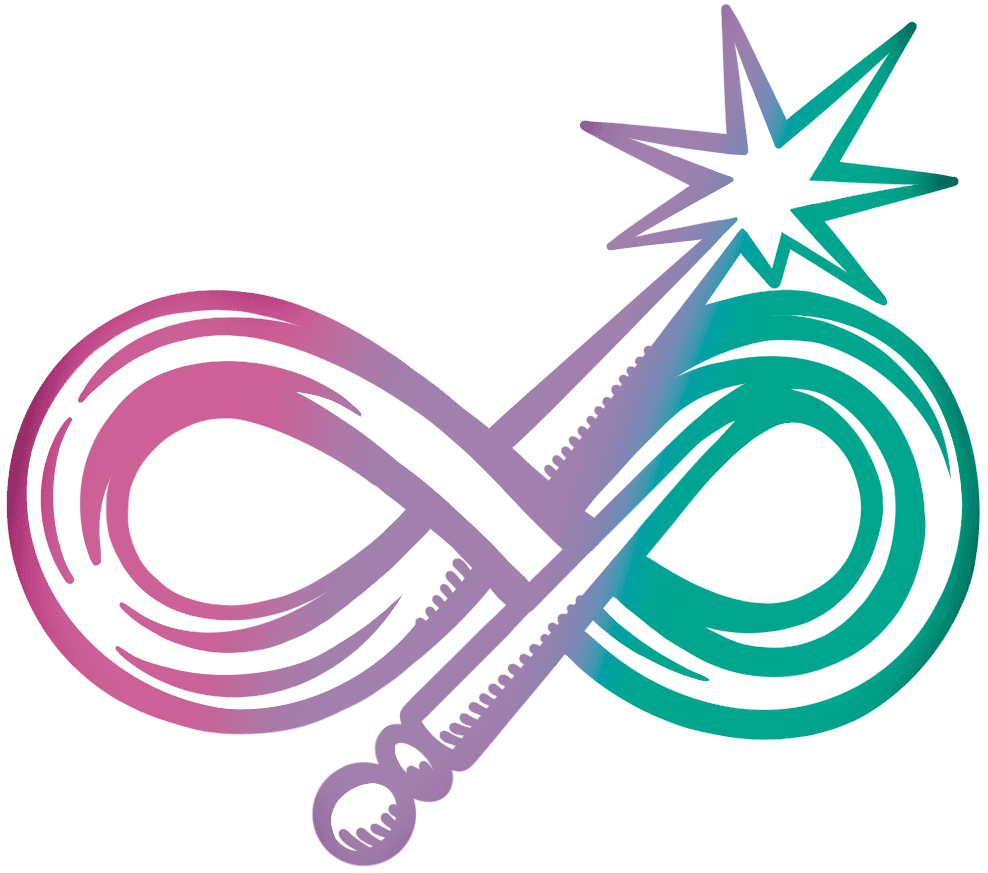Your cart is currently empty!
Tarot Card Readings for Beginners: A Comprehensive Guide
Tarot cards offer a powerful tool for self-reflection, divination, and gaining insights into the future. If you’re new to tarot, this comprehensive guide will provide you with the essential information to get started.
Understanding the Tarot Deck
A standard tarot deck consists of 78 cards divided into two main groups:
- Major Arcana (22 cards): These cards represent major life events, archetypes, and significant turning points.
- Minor Arcana (56 cards): These cards represent everyday situations, emotions, and challenges.
Choosing a Tarot Deck
There are countless tarot decks available, each with its unique style and imagery. When choosing a deck, trust your intuition and select one that resonates with you on a personal level. Consider factors such as the artwork, the deck’s energy, and the overall feeling it evokes.
Learning the Basic Card Meanings
Familiarize yourself with the general meanings of each tarot card. While interpretations can vary, understanding the basic symbolism will help you interpret your readings. Many tarot books and online resources offer comprehensive card meanings and interpretations.
Common Tarot Spreads
There are numerous tarot spreads available, each designed to provide different types of insights. Some popular spreads include:
- One-Card Draw: For a quick and straightforward reading.
- Three-Card Spread: Represents the past, present, and future.
- Celtic Cross Spread: A complex spread that provides in-depth insights into a specific question.
Performing a Tarot Reading
- Prepare Your Space: Create a quiet and peaceful environment.
- Shuffle the Deck: Shuffle the cards thoroughly.
- Ask Your Question: Clearly state the question you want the cards to answer.
- Draw the Cards: Draw the specified number of cards from the deck.
- Interpret the Cards: Use your intuition and knowledge of card meanings to interpret the cards.
Tips for Interpreting Tarot Readings
- Trust Your Intuition: Your intuition is your most valuable tool in tarot readings.
- Consider the Context: The meaning of a card can vary depending on its position in the spread and the surrounding cards.
- Don’t Be Afraid to Experiment: Try different spreads and interpretations to find what works best for you.
- Record Your Readings: Journal your insights and review your readings over time to see how they unfold.
Common Tarot Card Meanings
While interpretations can vary, here are some common meanings associated with a few Major Arcana cards:
- The Fool: New beginnings, adventure, risk-taking
- The Magician: Manifestation, creation, willpower
- The High Priestess: Intuition, mystery, hidden knowledge
- The Empress: Nurturing, abundance, creativity
- The Emperor: Authority, structure, control
- The Hierophant: Tradition, conformity, authority
- The Lovers: Choice, relationships, partnerships
- The Chariot: Control, willpower, progress
- Strength: Courage, perseverance, inner strength
- The Hermit: Solitude, introspection, spiritual growth
Remember, tarot readings are a tool for self-discovery and guidance. It’s important to approach them with an open mind and a willingness to learn. With practice and intuition, you can develop your tarot skills and gain valuable insights into your life.

Leave a Reply